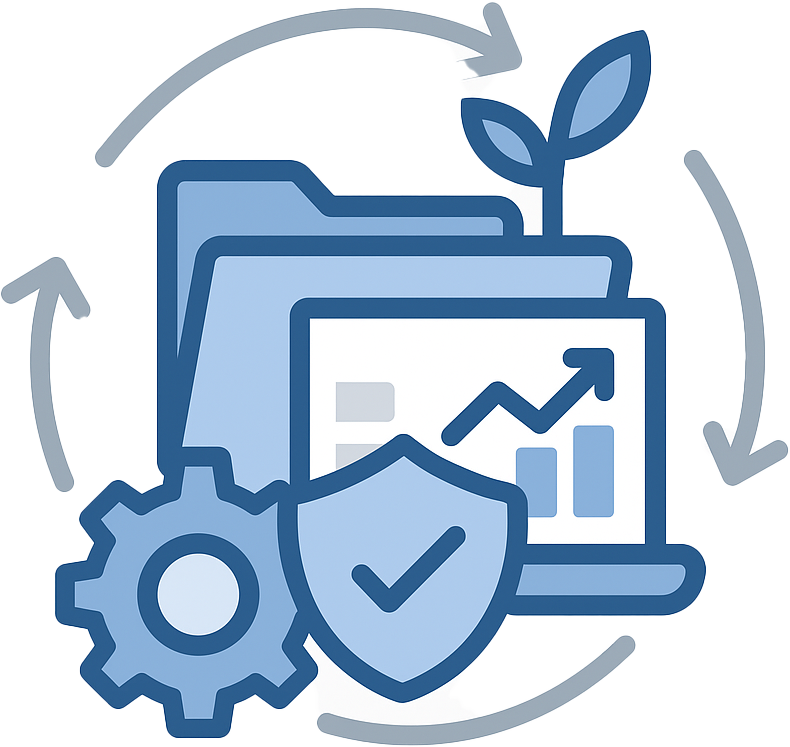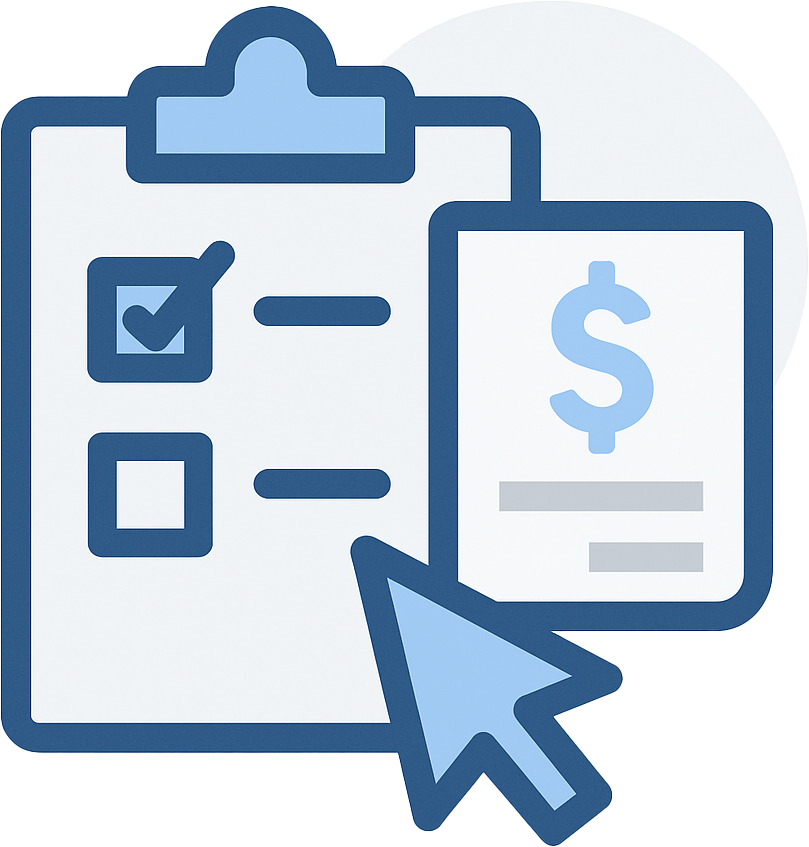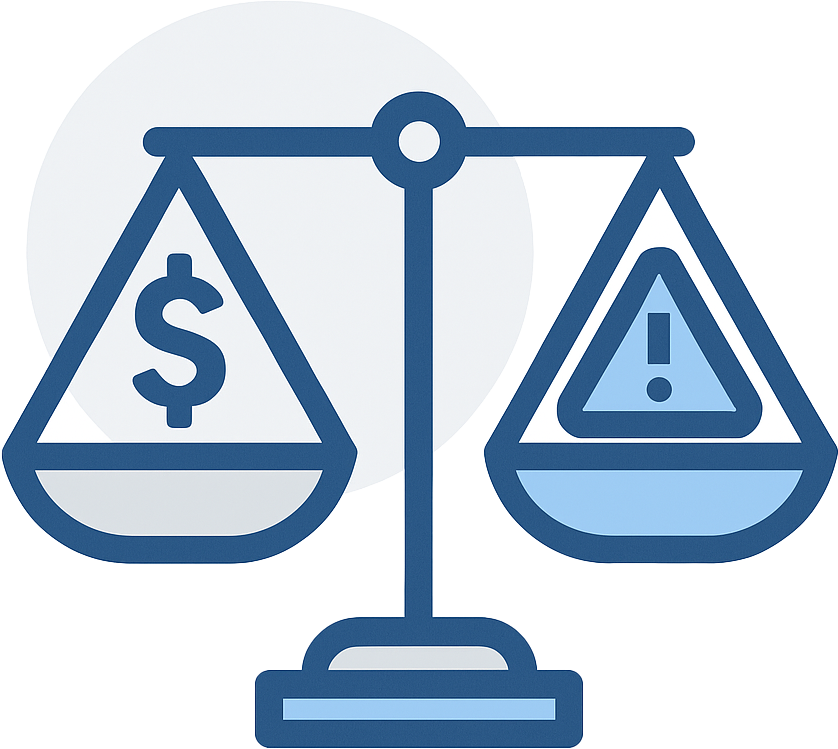Learn exactly what you need to do with the results from stormwater sampling, monitoring, and testing.
It's no secret by now that most industrial facilities across the United State have to deal with stormwater in one way or another. For some, that means doing next to nothing, while for others it means extreme measures like monthly stormwater monitoring. For those who have to take samples, this article is for you.
Here's a normal scenario we see all the time. You have an industrial facility. Doesn't matter what kind. You're in charge of your environmental permits, meaning you need to be up to speed on your NPDES stormwater permit.
Unfortunately for you, the rules and regulations that impact your facility can often be confusing, contradictory, or outdated, meaning even if you think you know what you're doing, you could be setting yourself up for disaster.
A fairly typical problem we see is folks getting bad samples over and over again, usually resulting in stronger enforcement, fines, violations, and ultimately a huge headache for you and your company. When we see bad samples, we always ask:
So you got a bad stormwater result. What did you do about it?
Most of the time the answer is nothing. We didn't do anything. We paid our fine and that's it.
That's definitely not the right answer, and you should really know what stormwater monitoring results mean.
Here's exactly what you should be doing.
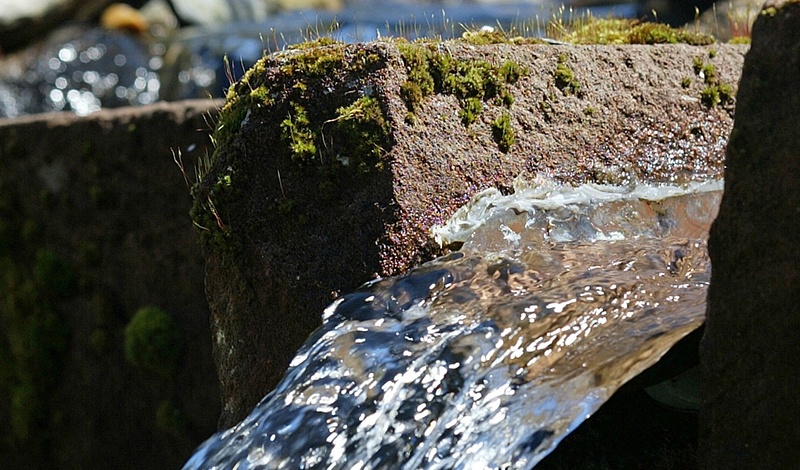
What to do with your stormwater sampling results when you get them.
Stormwater results are meant to be a gauge of how you're doing at your facility. Is it dirty? Are your chemicals leaking? Are you polluting a river, lake, or stream? Is there some sort of problem you should be addressing?
They're the best indicator of whether your stormwater BMPs are working well or not. If they're not, you should make sure you're using the best stormwater BMPs for your facility.
But I'm getting ahead of myself here.
If you're doing fine, you should be getting stormwater results underneath your benchmarks or limits.
This is pretty easy. If you're getting good results, then just follows the rules in your permit.
That usually means submitting DMRs to your state's environmental department, keeping a copy in your SWPPP, and that's it.
Life is easy if you're getting good results.
If you're getting bad stormwater samples, you have some work to do.
You're going to have to do what it says above (DMRs to the state and a copy for you), but you've got some additional work to get done too, so let's get into it.
Dust off your NPDES permit and double-check you're doing everything right.
- Make sure you know exactly what to sample for.
And then make sure you're sampling everything correctly. For certain parameters you're sampling, how you sample could make a difference. For instance, did you know that the pH of a stormwater sample changes after 15 minutes?
Make sure you know how to properly take your samples. If you don't, double-check your permit, talk to your lab, and get some stormwater training. Again with the example of pH, 15 minutes goes by pretty fast! So, if you need to analyze for pH at your facility, make sure you're up to date on pH training so you don't waste any time.
You need to know when and where to take samples, how often to sample, and exactly what your limits or benchmarks are for every parameter you need to monitor. You might think your one parameter has a firm limit, but it might be just more of a benchmark/guideline. Conversely, you may think a general guideline when in actuality it's a firm limit and exceeding it could result in violations or fines.
This seems like a no-brainer, but double and triple-checking so you have a good understanding of your permit, the process, and your parameters is the first step to take every time.
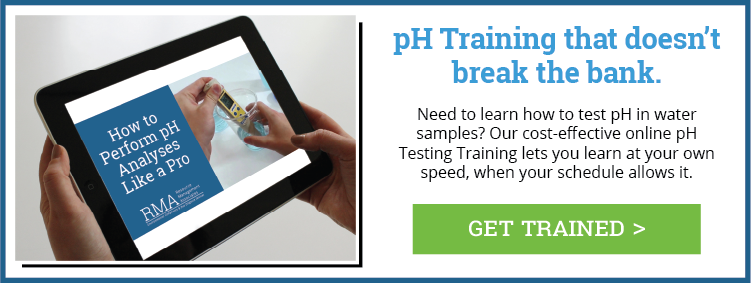
- Identify why that parameter failed.
I use the term fail loosely here. For some parameters it might be more that the parameter exceeded a benchmark, and didn't actually "fail", but for the sake of the rest of this article let's pretend that it's a pass or fail scenario for your parameters.
So head outside, and do a little detective work. If you failed for BOD or COD, double-check your chemical, additive, or stockpile storage. Maybe a resource you use is impacting the oxygen demand of your stormwater sample.
Do you use any strong acid or alkaline products? If so, that could cause your pH to rise or fall.
Do you fuel on-site, or have storage tanks of petroleum products? If you have an SPCC Plan, you could cross-reference your monthly inspections for any spills or leaks which could be the source of oil in a stormwater sample.
You have to figure out why that parameter isn't passing this time, find the source of the problem, and fix it.
- Fill out all the proper paperwork correctly.
Make sure you record your results on any and all applicable paperwork as outlined in your permit.
That could mean anything from notifying the environmental department in writing, outlining how you're going to fix the problem, letting any higher-ups know, etc.
Again, seems like a no-brainer but you need to make sure you know exactly what needs to be reported and documented, and who needs to be made aware of it.
- You could test again, but don't have to.
So let's use a very simple scenario. You use an acid-based product at your facility, and during the last rain event, some of it was outside on the ground, mingled with stormwater, and resulted in low pH results.
You know what happened, fixed the problem, let the regulatory agency know, and to prove you are running a good operation, you decide to take another sample. The next sample comes back well within limits and you can therefore show that you fixed the problem and you're on top of everything.
Regulatory agencies usually like to see this as it really shows you know what you're talking about.
But, you normally don't have to do this. It's optional and only serves to make you look better, assuming you don't fail again.
For example, if your sample was taken late in your monitoring period and there's either not enough time to sample again or no precipitation to measure, then you can't sample again. You can't get in trouble for failing to sample again, provided you took the required number of samples during your sampling period.
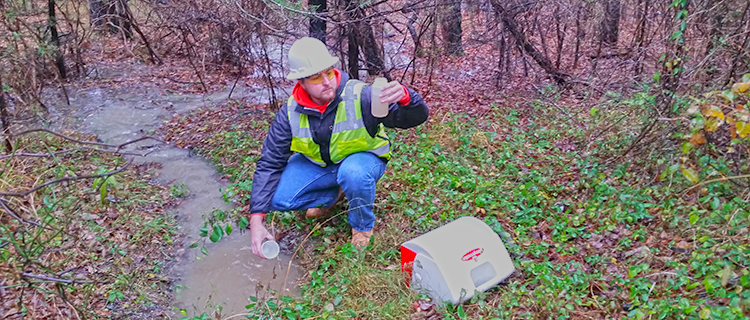
Stormwater samples are a classic feedback loop.
That means this:
- You take a sample.
- You analyze your results. If it's good, you're done, if not...
- Figure out why & correct the problem.
- Now you'll (hopefully) get a good sample next time.
And guess what that means. It means you're discharging stormwater of an acceptable quality. It means you're not impacting water bodies. And, it means you're in compliance with your permit. That's exactly where you want to be. Anything else and you're out of compliance and could be looking at a violation or penalty, and you don't want that.
Need help with stormwater monitoring?
For a lot of folks out there, stormwater monitoring is a real pain to deal with. After all, you have a business to run! If you're overwhelmed, you're not alone. RMA has been actively involved in helping companies get and stay in compliance with stormwater permits across the United States since our founding in 1992. Long story short, we know the ins and outs of the environmental problems industrial and commercial facilities face and can help you get into compliance with stormwater permits and other applicable environmental laws and regulations, ensuring your business stays out of trouble and in compliance.
Our staff members have been on-site at thousands of operations across the country, so when we say we've seen it all and done it all, we mean it. We've helped everyone, from globe-spanning, multi-national organizations to small "mom & pop" operations. No matter your size or location, we'd love to learn how we can help.
So, if you're having any type of issue at your facility and need the help of an environmental consulting firm with a proven track record, reach out. Even if we can't help, we’ll do our best to steer you in the right direction. Feel free to contact us at info@rmagreen.com, click here to contact us, or give us a call anytime at 888-RMA-0230 to learn how we can help your facility deal with stormwater permits and other environmental regulations.
Additional Stormwater Permit Information


